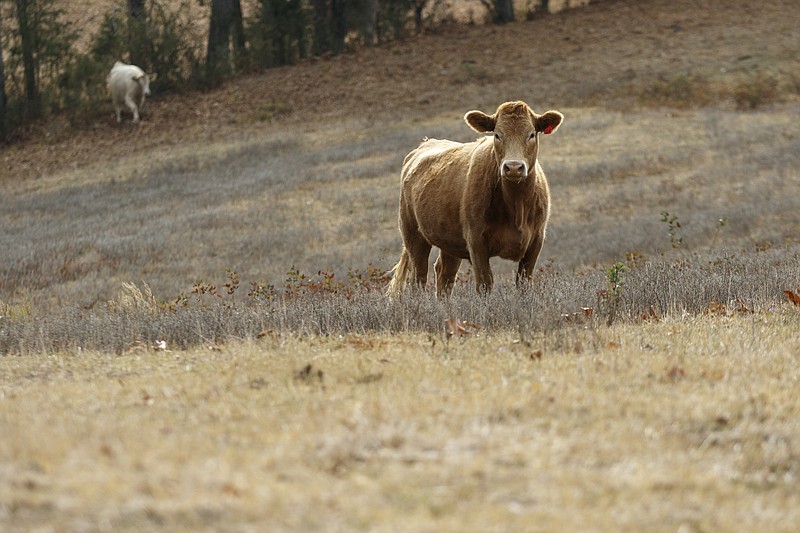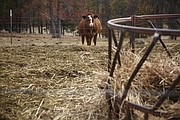Forecast
TODAYSunny, very coldHigh: 40Low: 24Rain chance: 0%SATURDAYMostly sunny, coldHigh: 46Low: 22Rain chance: 0%SUNDAYLate clouds, warmingHigh: 50Low: 25Rain chance: 0%MONDAYLight morning showersHigh: 52Low: 40Rain chance: 80%TUESDAYRain, heavy at timesHigh: 50Low: 40Rain chance: 40%Source: WRCB
Recent showers and storms have slightly eased the South's severe drought, but experts say it wasn't enough to make up for months of dry conditions before the rain finally fell.
Nearly the entire region remains abnormally dry, and much more rain is needed before the drought's demise can be declared, said Mark Svoboda, who directs the National Drought Mitigation Center.
The center's weekly U.S. Drought Monitor, released Thursday, describes some improvement because of recent rains, but its map shows the South stubbornly covered in oranges, reds and browns, which is bad news for a region becoming accustomed to wildfires.
The Chattanooga area received 8.31 inches of rain from Nov. 28 to Dec. 6, according to WRCB-TV Chief Meteorologist Paul Barys.
He forecasts an 80 percent chance of showers for Monday, with smaller chances for rain on Tuesday and Wednesday. The area could receive up to an inch of rain during that time, he said.
"The best thing the rain did was put a dent in the fire situation," Barys said. "You don't get into a drought or out of a drought quickly. A normal rainfall is what we need to build up our water reserve."
A large brown area of "exceptional drought" - the very worst conditions - still covers large swaths of Georgia and Alabama.
That's surrounded by red, indicating "extreme" drought, in parts of Tennessee and the western Carolinas. Orange, for "severe" drought, stretches from Louisiana eastward to the Carolinas.
Any rain is welcome, helping firefighters control more of the wildfires burning in a region that has lost much of its customary humidity.
The two largest fires in the South, which both began in the North Georgia mountains, are 95 percent contained, national fire managers reported.
The third-largest - which started in Great Smoky Mountains National Park and killed 14 people in the Gatlinburg area - is more than 80 percent contained, authorities said.
Abnormally dry conditions began showing up in March in parts of the South, and intensified through the spring, summer and fall. Large parts of the region got only half their usual rainfall during the past six months.
"Another 10 inches is what we really need in the next few weeks," said John Christie, Alabama's state climatologist. "My rule of thumb is that if you have over an inch of rain a week, you'll have some help against the drought."
But too much, too fast won't help much in the South, where clay soils need time to absorb precipitation. With some of the recent thunderstorms, "quite a bit of it was heavy so there was a tremendous amount of runoff," Christie said. "It just came too fast to soak in."
The flow of streams also can help show what's happening with the drought. Unfortunately, "I'm seeing many of the streams now fall back below average," Christie said.
Lakes also remain low. Lake Lanier, a main source of drinking water for metro Atlanta, is nearly 9 feet below its normal full capacity for this time of year, Georgia State Climatologist Bill Murphey said.
Conditions generally improved in areas that saw at least 3 inches of rain in the past couple of weeks, including eastern Arkansas, Louisiana and Mississippi, the report shows.
Now, the weather pattern is showing some positive signs, and moisture from the Gulf of Mexico could soon produce more rains across the South, forecasts are showing.
"The good news is that the Gulf is opening up and has been opening up," Murphey said.

